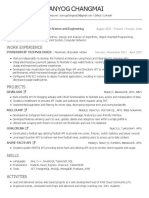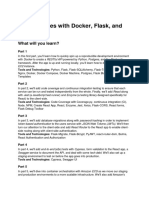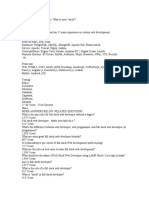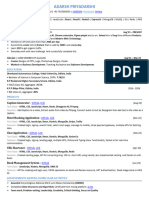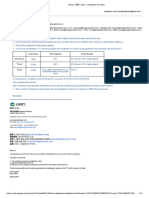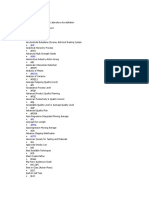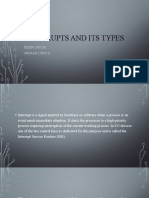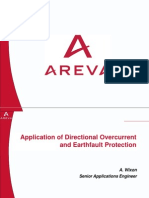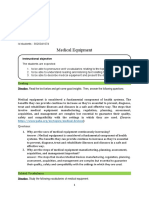0% found this document useful (0 votes)
10 views3 pagesTechStack CheatSheet Detailed
This document is a detailed cheat sheet covering various tech stacks including C/C++, Python, HTML/CSS, JavaScript, React.js, Next.js, MySQL, Node.js, Supabase, AWS, Docker, and Git. It outlines key concepts, functions, and commands relevant to each technology, such as memory management in C++, the Global Interpreter Lock in Python, and server-side rendering in Next.js. The cheat sheet serves as a quick reference for developers preparing for technical interviews.
Uploaded by
Kavin RrahulCopyright
© © All Rights Reserved
We take content rights seriously. If you suspect this is your content, claim it here.
Available Formats
Download as PDF, TXT or read online on Scribd
0% found this document useful (0 votes)
10 views3 pagesTechStack CheatSheet Detailed
This document is a detailed cheat sheet covering various tech stacks including C/C++, Python, HTML/CSS, JavaScript, React.js, Next.js, MySQL, Node.js, Supabase, AWS, Docker, and Git. It outlines key concepts, functions, and commands relevant to each technology, such as memory management in C++, the Global Interpreter Lock in Python, and server-side rendering in Next.js. The cheat sheet serves as a quick reference for developers preparing for technical interviews.
Uploaded by
Kavin RrahulCopyright
© © All Rights Reserved
We take content rights seriously. If you suspect this is your content, claim it here.
Available Formats
Download as PDF, TXT or read online on Scribd
/ 3











